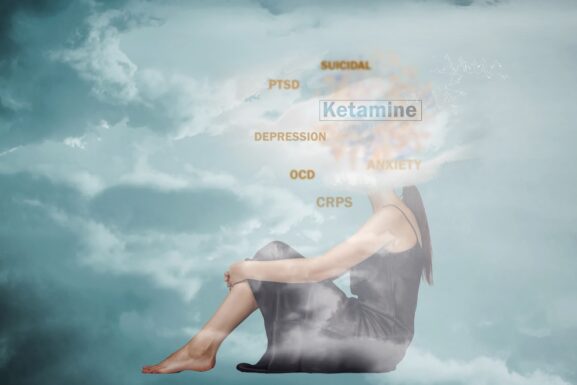This Nursing Association Updated Their Ketamine Therapy Guidelines
The American Association of Nurse Anesthesiology (AANA) has updated its practice considerations for ketamine therapy to provide clearer guidelines and enhanced collaboration between healthcare professionals.
Looking for treatment? Find ketamine clinics closest to you as well as other psychedelic therapies in your area.
Here are the key changes and updates:
- Interdisciplinary Collaboration: The updated guidelines emphasize a patient-centered, interdisciplinary approach, requiring certified registered nurse anesthetists (CRNAs) to work closely with psychiatric-mental health professionals. This includes obtaining referrals or past medical records and collaborating with professionals qualified to diagnose psychiatric disorders.
- State Scope of Practice: Practitioners are advised to review and comply with applicable state nursing, medical, drug, and facility regulations to identify any practice barriers. The updated guidelines provide a checklist to help CRNAs navigate state-specific regulations and ensure compliance with state board opinions.
- Safety and Administration: The guidelines outline specific considerations for safely administering ketamine, particularly for patients with psychiatric disorders and chronic pain. Ketamine is recommended after the failure of standard treatments and is not considered a first-line therapy. The guidelines also mention the use of esketamine, a derivative of ketamine, approved for treatment-resistant depression.
- Educational and Qualification Standards: The guidelines reinforce the need for CRNAs and other healthcare providers involved in ketamine therapy to have the appropriate education and qualifications, adhering to federal and state laws, as well as facility policies.
These updates aim to ensure the safe and effective use of ketamine therapy for psychiatric disorders and chronic pain management, promoting better patient outcomes through coordinated care.
RELATED: Ketamine Shows Promise in Managing Parkinson’s Symptoms
The Role of Ketamine in Psychiatric and Pain Management
Understanding Ketamine’s Therapeutic Potential
Ketamine, originally developed as an anesthetic, has shown significant antidepressive properties. It is increasingly being used to treat a variety of psychiatric disorders, including major depressive disorder (MDD), bipolar disorder, treatment-resistant depression (TRD), and post-traumatic stress disorder (PTSD). The updated practice considerations also highlight the use of esketamine nasal spray, an FDA-approved treatment for TRD in adults and depressive symptoms in patients with MDD.
Collaboration with Psychiatric-Mental Health Professionals
When administering ketamine for psychiatric disorders, Certified Registered Nurse Anesthetists (CRNAs) collaborate closely with psychiatric-mental health professionals whose practice includes diagnosing psychiatric disorders within their professional and state scope of practice. This collaboration ensures that the diagnosis and treatment of psychiatric disorders are managed effectively. Continuous screening, monitoring, and follow-up are emphasized to manage patients throughout their treatment.
Ketamine Infusion Clinics: Best Practices
Establishing Evidence-Based Policies
There are now more ketamine clinics than ever. It is essential for CRNAs and other qualified anesthesia providers to participate in creating, reviewing, and periodically updating evidence-based policies and procedures. These policies should ensure the availability of necessary routine and emergency monitors, supplies, and equipment.
Ensuring Safety and Efficacy
CRNAs are highly trained in delivering professional, compassionate anesthesia and related care. Their expertise in safely administering all forms of ketamine makes their involvement invaluable. Tracy Young, MSNA, MBA, CRNA, and member of AANA’s Board of Directors, states, “CRNAs are highly trained in delivering professional, compassionate anesthesia and related care and have the expertise to safely administer all forms of ketamine, making their involvement a valuable solution. Their ability to provide anesthesia services autonomously in various healthcare settings can increase the availability of this therapy, especially in remote or underserved areas.”



